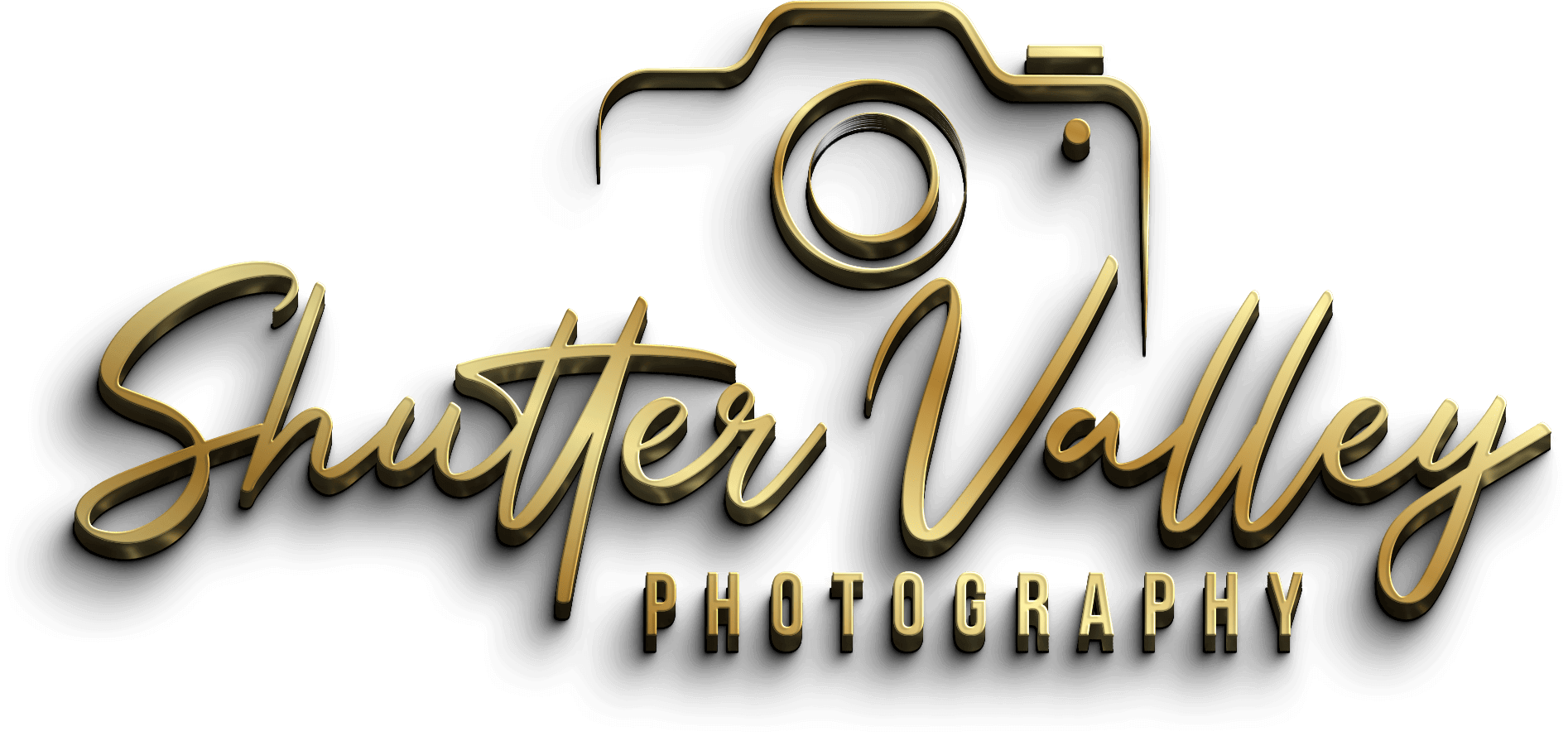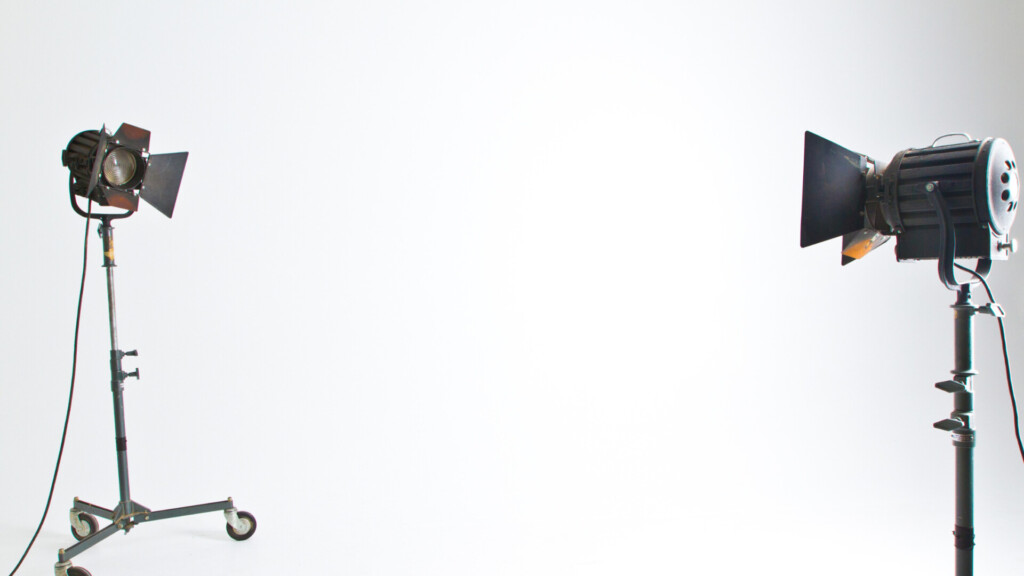Creating outstanding photos takes more than a talented photographer and a willing subject. The knowledge of lighting techniques is one of the main components that can elevate Portrait Photography.
The interaction of light with the subject can significantly impact the mood, tone, and overall impact of the shot. In this blog post, we will look at several fundamental lighting strategies that every portrait photographer should know to create compelling photographs.
Lighting Techniques for Stunning Portrait Photography
We’ll also talk about how a professional portrait photographer in Houston, like Shutter Valley Photography, can implement these techniques.
Natural Light
Natural light is the most accessible and versatile lighting source for portrait photography. The trick is to understand how to operate effectively with it. Consider the time of day, the weather, and the direction and quality of light. Shooting during the golden hour (sunrise and sunset) can give a gentle, warm glow ideal for generating a flattering photograph.
Window Light
Window light to enhance indoor portrait photography is quite effective. The diffused light from the window casts a soft, even glow on the subject’s face. Place the subject near a window and try different angles to locate the most flattering light.
Artificial Light
Artificial lighting provides control and uniformity, making it a favorite choice among professional portrait photographers. Photographers may carefully manipulate the light with studio strobes, continuous lights, and off-camera flashes.
Learn about lighting modifiers such as softboxes, umbrellas, and reflectors, which can soften or direct light.
Portrait photographers who grasp artificial lighting techniques can generate moods and styles from dramatic to soft and ethereal.
Rembrandt Lighting
Rembrandt lighting is a classic portrait method named after the legendary Dutch painter Rembrandt van Rijn.
It produces a triangular highlight on one side of the subject’s face and a little triangle of light beneath the subject’s eye on the other side.
To achieve Rembrandt lighting, place the light source at a 45-degree angle to the subject, just above eye level. This approach gives the portrait depth and dimension, emphasizing the subject’s features.
Butterfly Lighting
Butterfly lighting, also known as crucial lighting, is distinguished by a symmetrical shadow that appears right beneath the subject’s nose, resembling a butterfly. This is accomplished by placing the light source directly above and slightly before the subject, casting a downward light.
Butterfly lighting is frequently utilized in glamour or beauty pictures to produce a flattering and polished image.
Conclusion
Lighting methods are critical for any portrait photographer to master because they may make a major difference in the quality and impact of their work. Understanding how light interacts with the subject may lead to great portrait photography using natural or artificial lighting setups.
Shutter Valley Photography is an ideal choice if you live in Houston and seek a professional portrait photographer who has mastered these techniques. They can take intriguing photos that sparkle because of their ability in lighting and composition.

